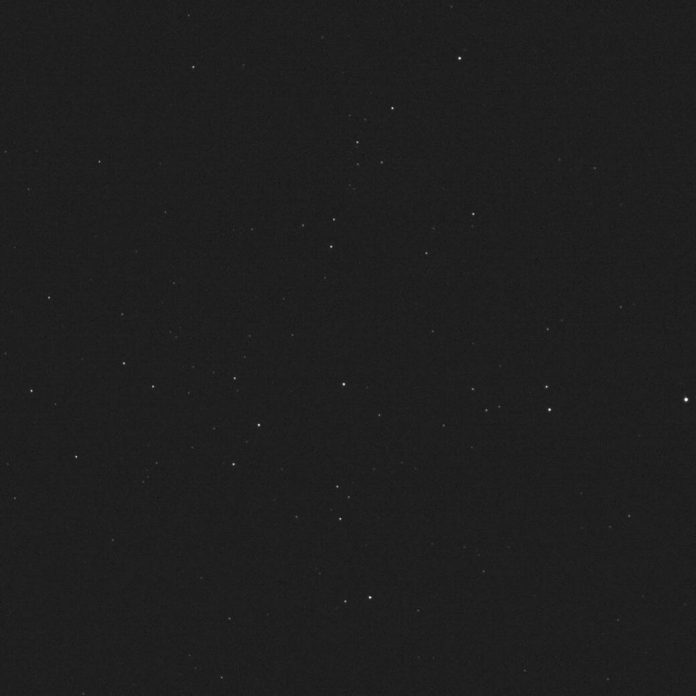NASA’s Double Asteroid Redirection Test or DART has been launched from Vandenberg Space Force Base in California, two weeks ago. It has now opened its “eye” and gave us its first images from space. This is a major success for the spacecraft and DART team.
There was violent vibrations of launch and the temperature in space was minus 80 degrees C. So, scientists and engineers from the Johns Hopkins Applied Physics Laboratory in Laurel, Maryland have crossed their fingers. Because the components of the telescope are very sensitive to movements. A tiny shift of any component in the telescope can be very serious.
First the telescope opened its circular door that covers the aperture of its DRACO telescopic camera. The image that the telescope has captured shows us a dozen stars. The stars were crystal clear in the black backdrop of space.
NASA’s Jet Propulsion Laboratory in California scientists have used the picture to determine how DRACO was established. They will measure how the camera is pointed to the spacecraft. With the measurement, scientists can move the spacecraft to point DRACO at interesting objects like the Starfish Cluster.
The telescope captured another picture of the constellation Auriga which is 4,200 light years from Earth. With this image scientists can characterize optical imperfections in the images.
DRACO is the short form of Didymos Reconnaissance and Asteroid Camera for Optical navigation. It is a high-resolution camera. DRACO is DART’s only instrument. This have captured images of the asteroid Didymos. It also supported the spacecraft’s guidance system and directed DART to kinetic impact. DART was developed by Johns Hopkins APL for NASA’s mission.It was world’s first planetary defense test mission. DART will achieve its target on Sept. 26, 2022.

